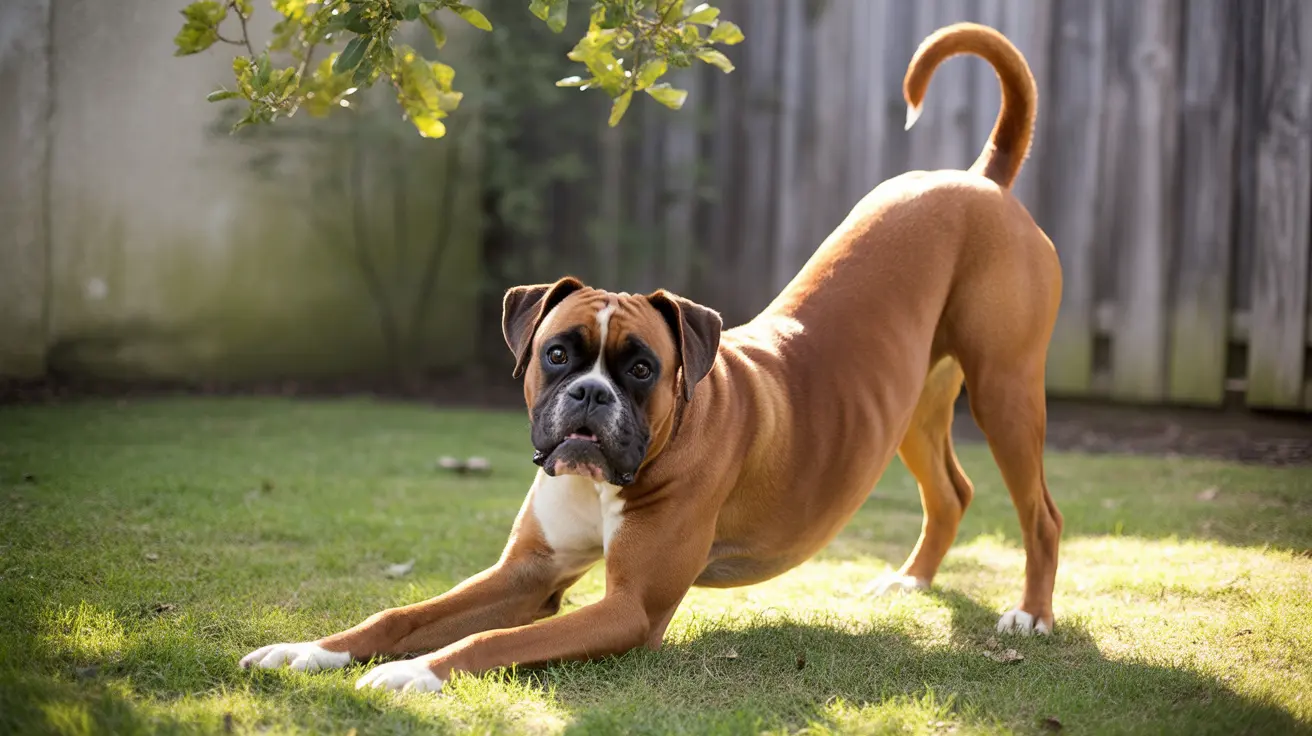Training an obedient pet is one of the most rewarding investments you can make in your relationship with your four-legged companion. Well-trained, obedient pets not only make for more harmonious households but also ensure safer interactions with family members, visitors, and other animals. This comprehensive guide will walk you through proven techniques and essential commands to help you achieve lasting success in pet obedience training.
Understanding the Foundation of Pet Obedience
Successful pet training begins with understanding the core principles that drive effective learning. Consistency, positive reinforcement, and patience form the cornerstone of any successful training program. Research shows that dogs trained using positive reinforcement methods demonstrate higher retention rates and experience less stress during the learning process.
Essential Commands for Every Well-Trained Pet
The journey to having trained obedient pets starts with mastering fundamental commands. These basic cues serve as building blocks for more advanced training and help establish clear communication between you and your pet.
Basic Command Set
- Sit
- Stay
- Come
- Down
- Leave it
Each of these commands should be taught systematically, starting in a quiet environment and gradually progressing to more challenging situations with increasing distractions.
The Power of Positive Reinforcement
Modern training methods emphasize the importance of reward-based learning. Studies show that over 80% of professional trainers primarily use positive reinforcement techniques, as they prove most effective in developing trained obedient pets. This approach involves rewarding desired behaviors with treats, praise, or toys, making the learning process enjoyable for both pet and owner.
Creating a Consistent Training Schedule
Successful training requires dedication and routine. Experts recommend:
- 2-3 training sessions daily
- 10-15 minutes per session
- Training before meals when motivation is highest
- Regular practice in different environments
Advanced Training Techniques
Once your pet masters basic commands, you can progress to more complex behaviors. Advanced training helps reinforce obedience and provides mental stimulation for your pet. This might include:
- Off-leash control
- Distance commands
- Multiple-step behaviors
- Impulse control exercises
Common Challenges and Solutions
Even the most dedicated pet owners encounter training obstacles. Understanding these challenges and having strategies to address them is crucial for maintaining progress:
- Distraction management
- Consistency across family members
- Regression during adolescence
- Environmental challenges
Maintaining Long-Term Success
Training isn't a one-time achievement but an ongoing process. Regular reinforcement and practice help ensure your pet maintains their obedience training throughout their life. This includes:
- Regular refresher sessions
- Consistent rule enforcement
- Ongoing socialization
- Progressive challenge introduction
Frequently Asked Questions
How can I effectively use positive reinforcement to train my dog to be obedient?
Use high-value treats, immediate rewards, and consistent verbal praise when your pet performs desired behaviors. Timing is crucial - reward within seconds of the correct action to create a clear association.
What are the essential basic commands every well-trained pet should know for safety and control?
Every pet should master sit, stay, come, down, and leave it. These commands form the foundation of safety and control in various situations.
When is the best time to start obedience training with my puppy or adult dog?
Start training as soon as you bring your pet home. Puppies can begin learning basic commands as early as 8 weeks old, while adult dogs can learn new behaviors at any age with proper consistency and patience.
How do I maintain consistency and clarity in training to prevent my dog from ignoring commands?
Use the same words and hand signals consistently, ensure all family members follow the same training protocols, and maintain regular practice sessions with clear expectations and rewards.
What are proven techniques to stop common behavior problems like leash pulling, jumping, or mouthing?
Address these issues through consistent training, redirection to preferred behaviors, and positive reinforcement of calm, controlled actions. Never reward unwanted behaviors with attention, even if negative.
Conclusion
Creating trained obedient pets requires dedication, consistency, and the right approach. By following these guidelines and maintaining a positive, patient attitude, you can develop a well-behaved pet who responds reliably to commands. Remember that every pet learns at their own pace, and celebrating small victories along the way will help maintain motivation for both you and your furry friend.






